Italy Celebrates Leonardo Da Vinci 500 Years From His Death
ROME -- During the last three years of his life, Leonardo Da Vinci served as the "foremost painter, architect and engineer" of France, in the words of the French King Francis I. Indeed, when Leonardo died at Amboise, France, on May 2 of the year 1519, legend had it that he died in the arms of the French king, as was depicted by French artist Jean Auguste Dominique Ingres in his famous painting of 1818, now in the Petit Palais in Paris. Da Vinci, 67, was buried in the Saint-Hubert Castle at Amboise. (For details on this, see https://www.fiorentininelmondo.it/it/home/620-la-morte-di-leonardo-da-vinci.html)
As the 500th anniversary of his death approaches, Italy is honoring Leonardo Da Vinci with a series of exhibitions and events. Among the foremost exhibits is at the Scuderie of the Quirinal Palace in Rome, where the exhibition "Leonardo: Science before Science" is on view through June 30. Curated by Claudio Giorgione in collaboration with two Milanese museums, the National Museum of Science and Technology and the Biblioteca Ambrosiana, the Roman exhibition offers a fresh reading of Da Vinci's work in engineering, technology, art and thought at the dawn of the 16th Century, whose scientific revolution gave birth to the modern age. Associated with the Scuderie exhibition are lessons in a "laboratory for adults" in the technique of Renaissance-style fresco painting and drawing in perspective.
Leonardo was born out of wedlock to a notary named Piero Da Vinci and a country woman named Caterina in a small town called Vinci near Florence. And in Florence he is being celebrated at Palazzo Pitti with the exhibition "Leonardo, The Landscape of the Mysteries," which includes a delightful drawing of the Arno River valley landscape painted by Leonardo in 1452, when he was only 21 years old.
In the picturesque town of Sansepolcro, near Arezzo, the Museo Civico hosts the exhibition entitled "Leonardo Da Vinci: Visions, the Technological Challenges of the Universal Genius," curated by the Galileo Fiorentine-Civita Laboratories. The focus is movement, including inanimate flight. On view is a self-propelled cart that has been compared to an automobile. 3-D videos created by the Florentine Galileo Museum dramatically illustrate Leonardo's theories (see video). And for three months ending, alas, in January the Leicester Codex had been on loan from Bill Gates. That Codex is one of Leonardo's personal sketchbooks dating from 1504-1508, acquired by Gates in 1994 from Armand Hammer.
In his youth, Leonardo worked for Ludovico il Moro in Milan, where he painted the now much restored "The Last Supper" on a monastery wall. Not surprisingly, Milan offers eight Leonardo exhibitions. Through coming months the Ambrosiana, to name only one, offers a selection of 46 drawings by Leonardo drawn from the 1,750 in his famous Codex Atlanticus, normally seen by only a few scholars. The nearby National Museum of Science and Technology, among Europe's largest devoted to science and technology, opens a three-month exhibition on July 19 called "Leonardo Da Vinci Parade."
On view at the Ambrosiana will be 130 rarely visible models of Da Vinci projects - navigation, artillery, underwater engineering - built in the 1950s on the basis of Leonardo's drawings, along with fresco paintings by 16th Century Lombard artists. The models are unique in the world and include one of a flying machine made by Alberto Mario Soldatini and Vittorio Somenzi in 1953 on the basis of a Codex Atlanticus drawing. On two walls are paintings and frescoes, only rarely on view, on loan from the Pinacoteca di Brera. The works by the artists in Leonardo's circle in Milan include some by Bernardino Luini, and others recovered from now destroyed churches, monasteries, and buildings in Milan.
In Rome, through September the Primoli Foundation has organized an exhibition at the National Academy of the Lincei devoted to "Leonardo in Rome: Influence and Heritage." Also in Rome: at the Palazzo della Cancelleria near Campo de' Fiori is a permanent exhibition devoted to Leonardo, with large-scale models of his projects.
Close to Rome, at Civitella del Lago, on Lake Corbara in the province of Terni, was an exhibition entitled "On the Traces of Genius: Maps and Cosmography in the Time of Leonardo,". The maps on view - again, only rarely shown to the public - included 15th Century efforts to interpret Ptolemy's 27 world maps from his book "Geography," dating from the 2d century AD. It is believed that Leonardo, fascinated by maps and cartography, was influenced by Ptolemy in making his own maps of hydro-engineering projects for Florence, Milan, Arezzo, and the Vatican. (The Royal Library of Windsor owns Leonardo's complete world map, which was among the first to name the Americas, according to Christopher W. Tyler.)
Furthermore, Turin offers an exceptional exhibition on Leonardo called "Designing the Future." On view through July 14 at the Royal Museums there are 13 signed works acquired by King Carlo Alberto plus the Codex on the Flight of Birds. Works on view include his celebrated self-portrait and the studies for the Battle of Anghiari. Venice's Gallerie dell'Accademia's theme is "Leonardo Da Vinci, Man as the Model of the World" with 25 drawings by Leonardo including the celebrated Vitruvian Man and, on loan from the Hermitage in St. Petersburg, the disputed "Madonna Litta." And finally, Genoa's Sant'Agostino Museum hosts works by 19 contemporary artists with works inspired by Leonardo, through May 31. The exhibit is called "Leonardesca."






























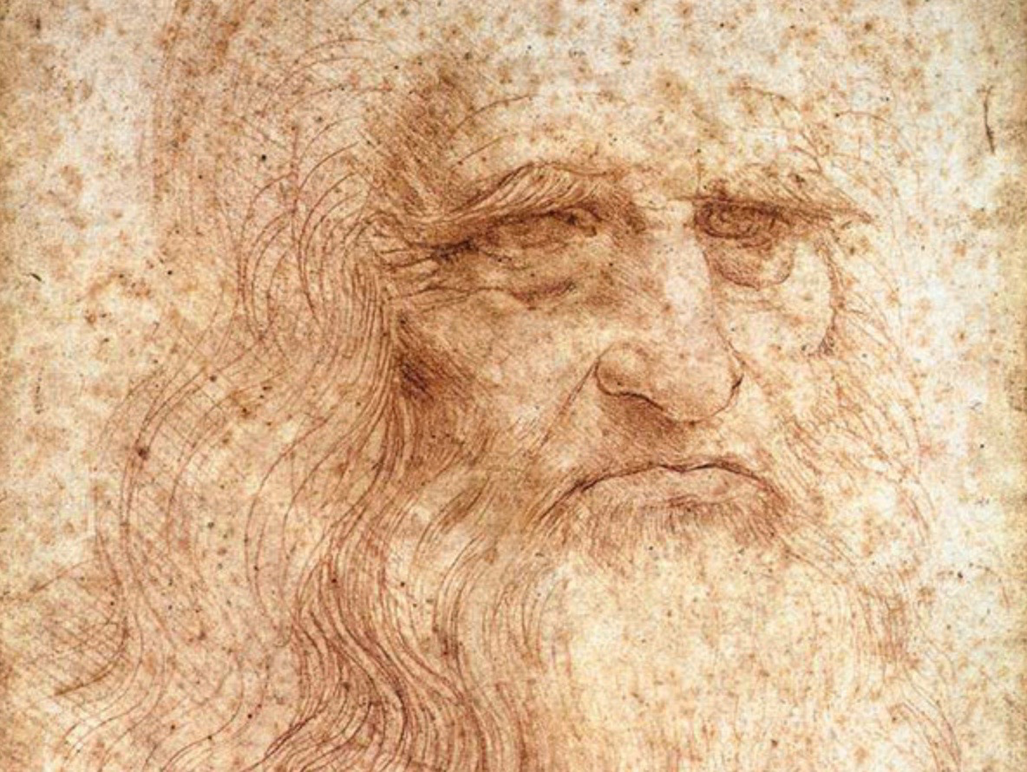
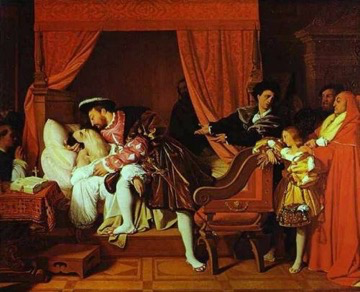

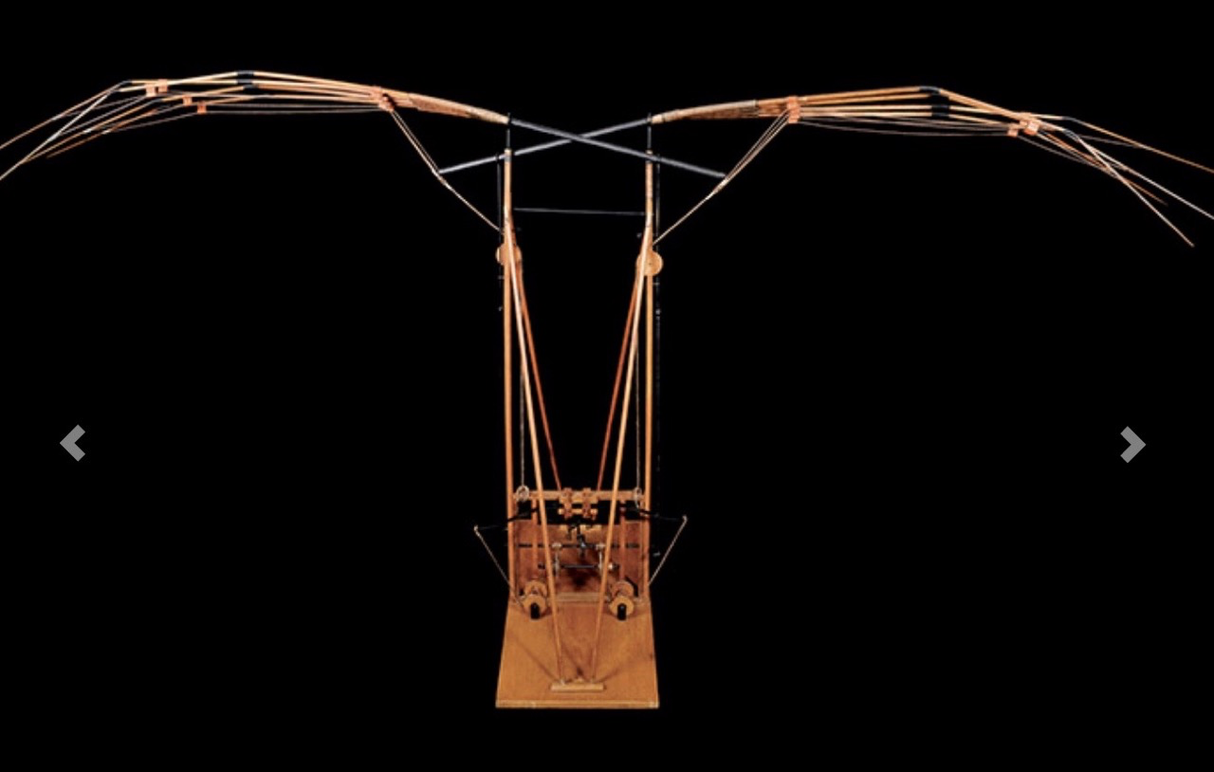
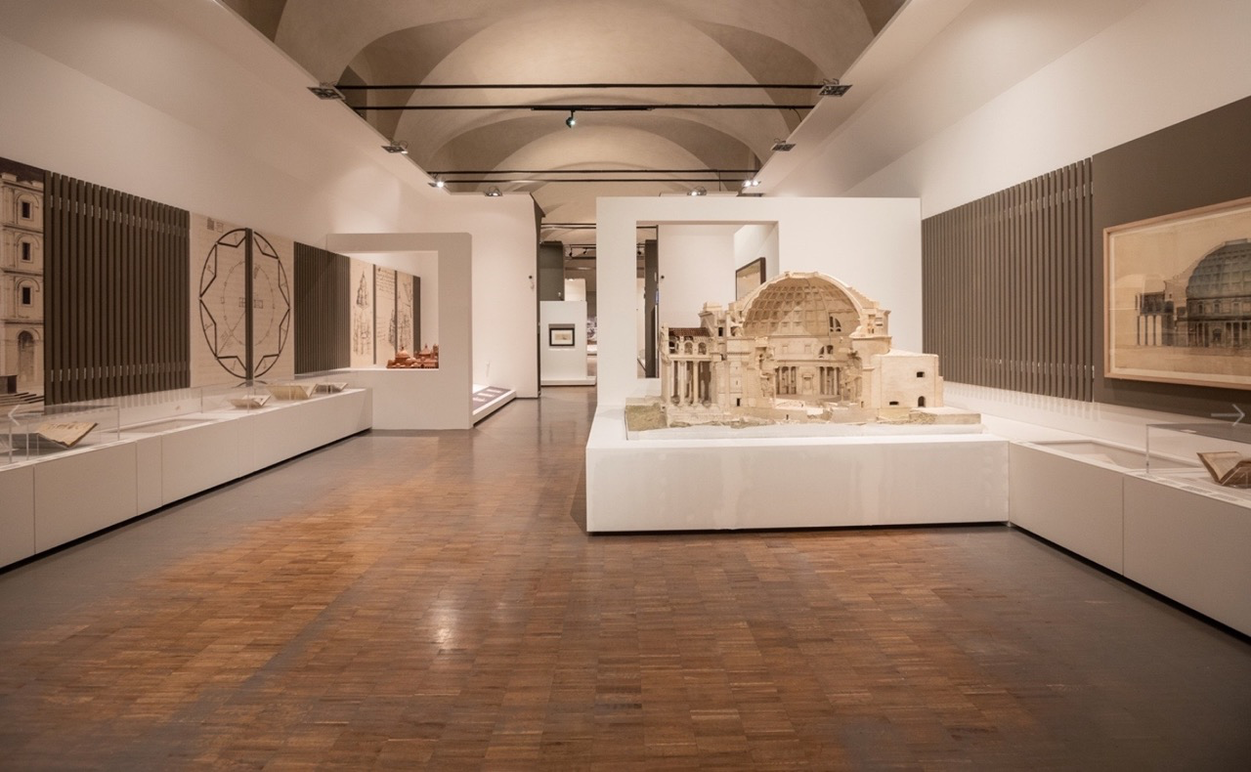
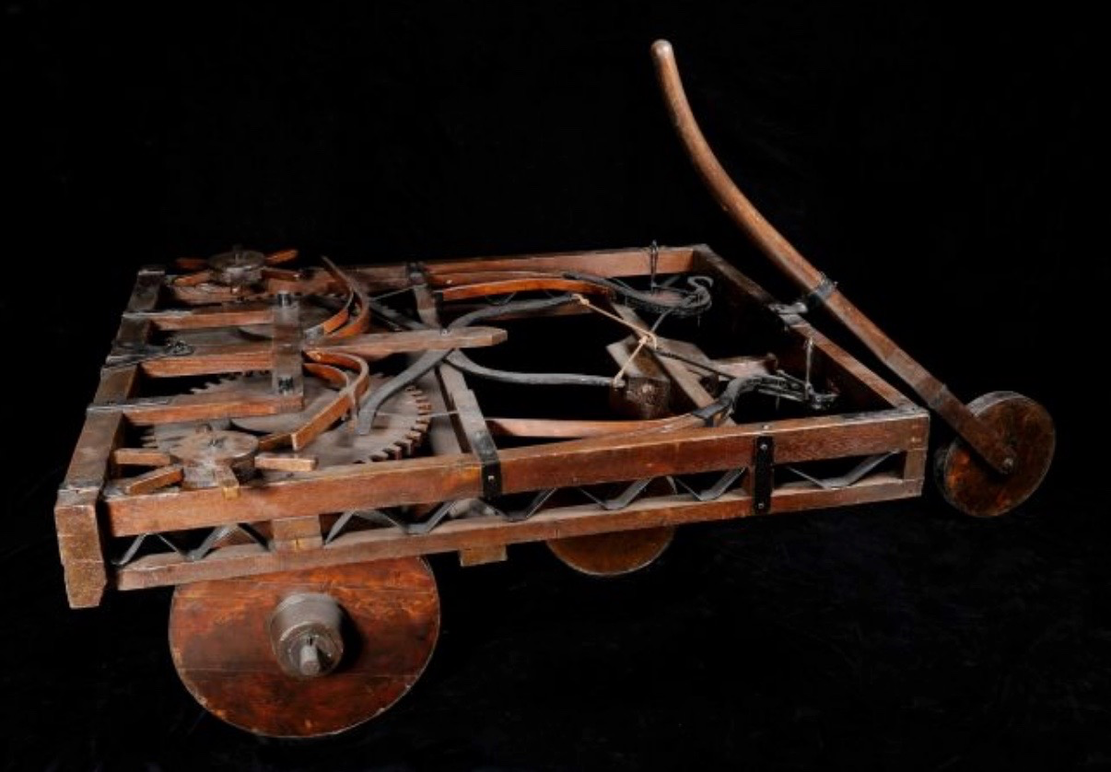
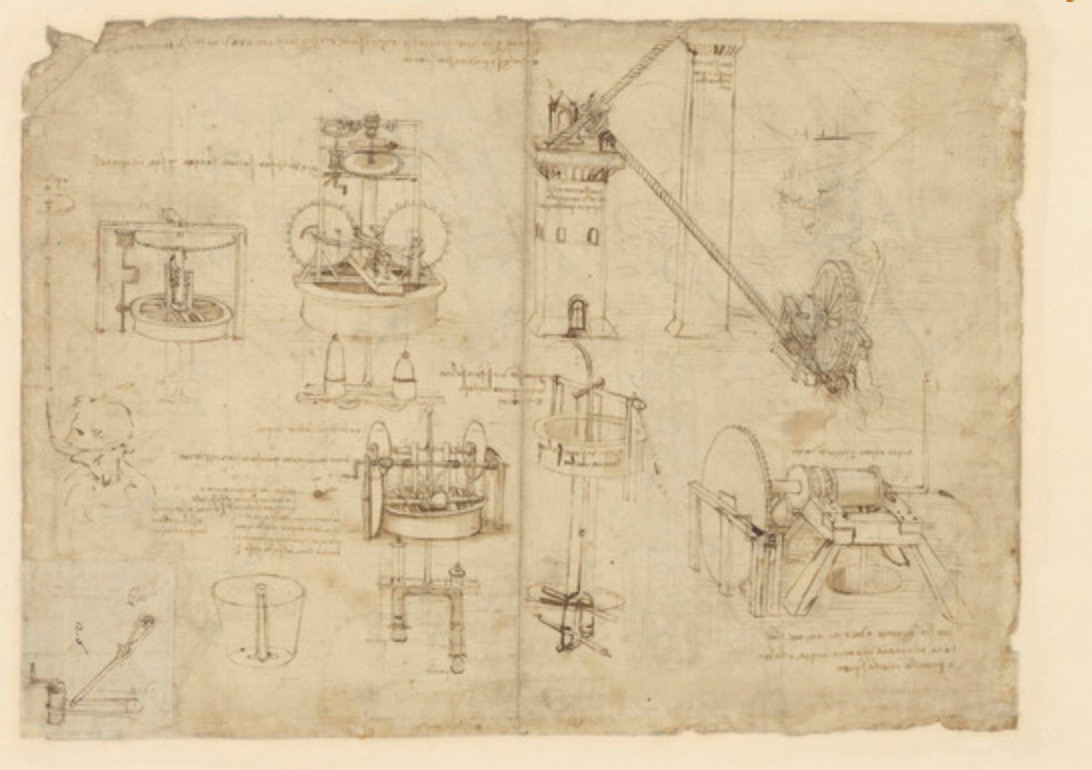



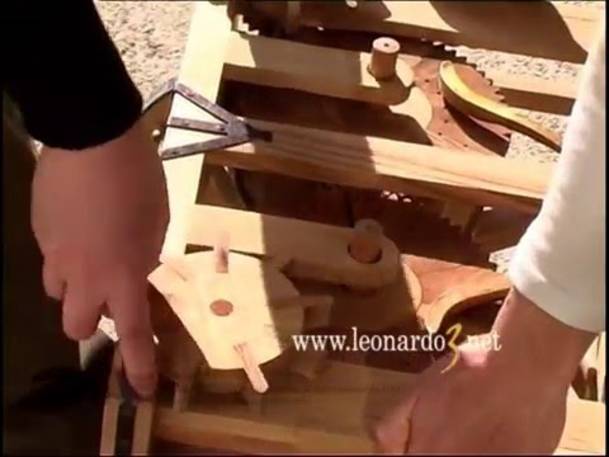
i-Italy
Facebook
Google+
This work may not be reproduced, in whole or in part, without prior written permission.
Questo lavoro non può essere riprodotto, in tutto o in parte, senza permesso scritto.